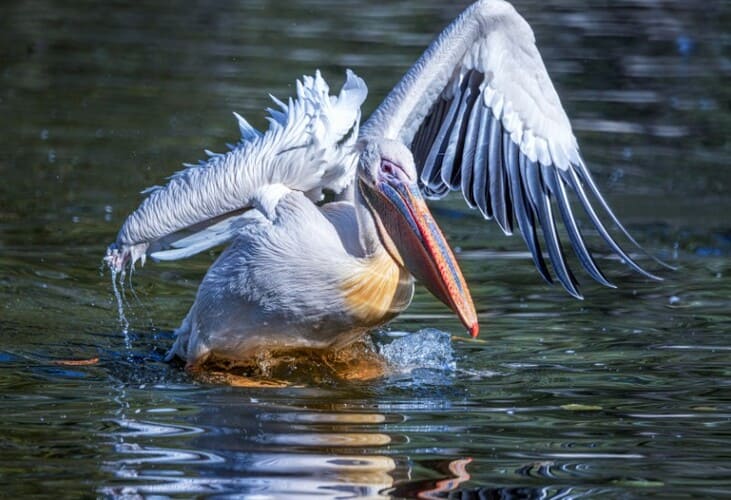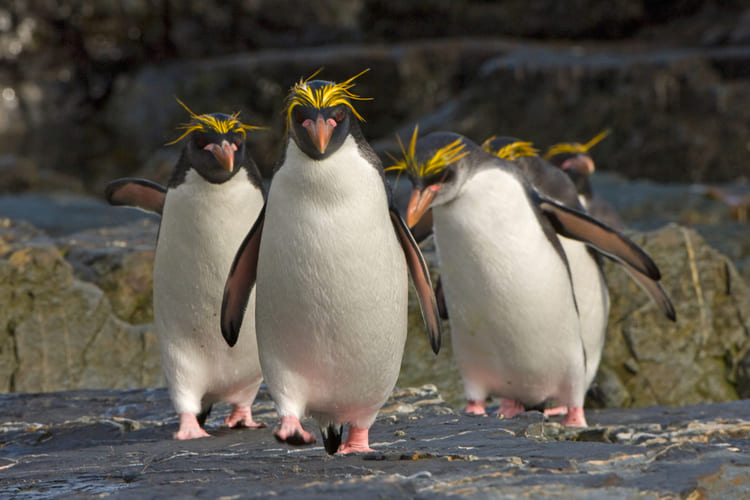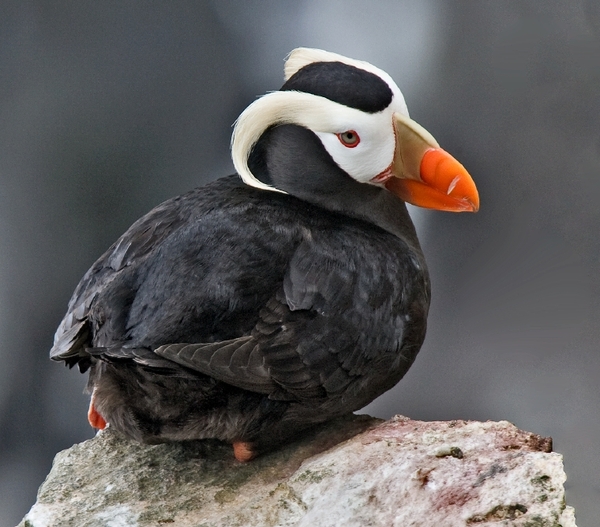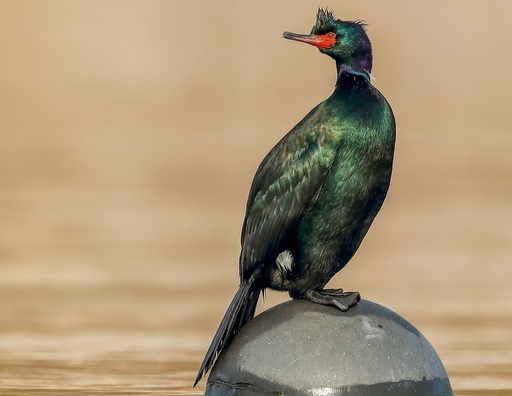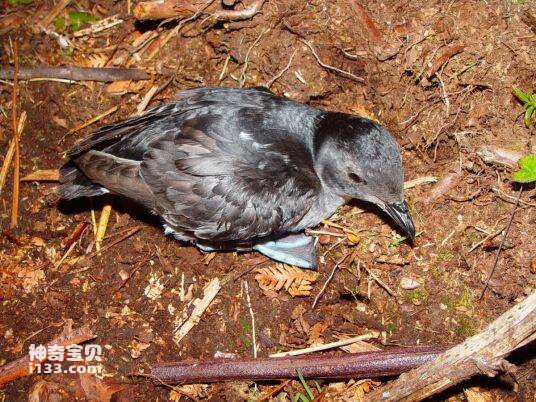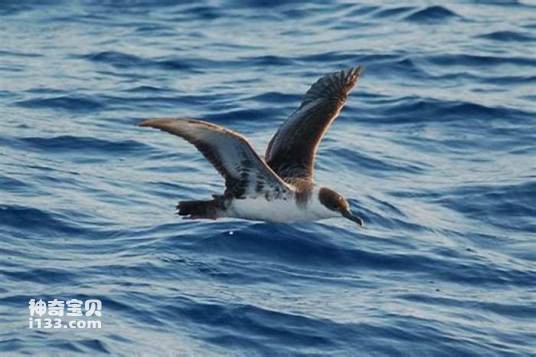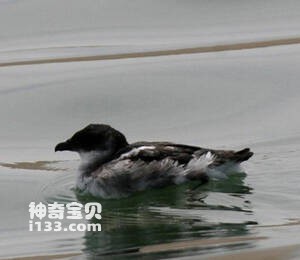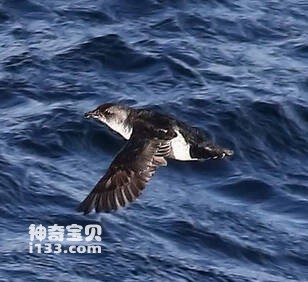Cereopsis novaehollandiae
IUCN
LCBasic Information
Scientific classification
- name:Cereopsis novaehollandiae
- Scientific Name:Cereopsis novaehollandiae,Cape Barren Goose
- Outline:Waterfowl
- Family:
Vital signs
- length:75-100cm
- Weight:4-5kg
- lifetime:No textual research information is available
Feature
It is a large goose of southern Australia
Distribution and Habitat
The distribution is confined to the southern coastal areas of Australia, including New Zealand, Tasmania and the nearby islands.
Appearance
The Australian grey goose is a large goose with a length of 75-100 cm, a wingspan of 150-190 cm and a weight of 4000-5000 grams. The body is large and strong, with broad wings of gray, with black round spots. The tail and feathers are black, and the beak is short, curving and black, almost completely covered with a yellowish-green wax film. Primary and tail coverts are black. The legs are reddish brown, the ankle bones are lowered, and the toes and palms have a dark green hue. The iris is reddish-brown.
Young geese are similar to adult geese, but the black spots on the shoulders and wings are more obvious. The feathers are light and grey. Legs are green or dark green. The iris is slightly different, grayish brown.
Tarsal scale peltate; The male trachea had asymmetrical bulges. The two cry different, usually different clothing and behavior; Short duration of spousal relationship and family life; Moult twice a year; The male body often changes "etched feathers" and bright
Details
The Australian grey Goose (Cereopsis novaehollandiae) has two subspecies, Cape Barren Goose.
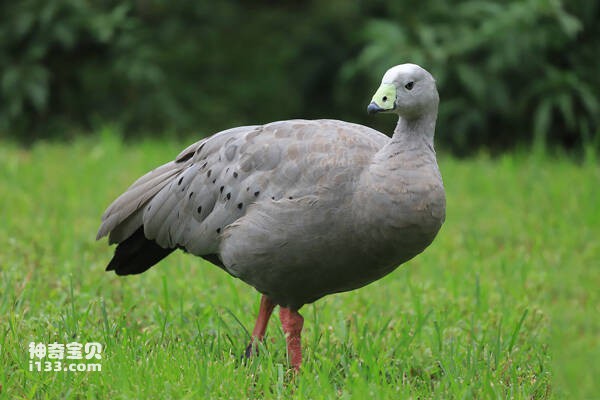
Australian grey geese live in the southern hemisphere, generally in small groups, rarely more than 300 large groups. Although active in the seaside, but rarely swimming and splashing, if the danger threatens the small geese. Like most other water birds, Chengyan feils injury or flaps its wings to make a noise to lure away enemies.
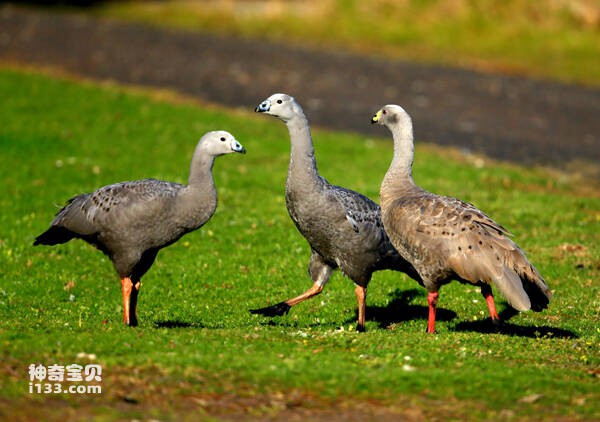
Australian grey geese mostly live in shrub areas during breeding period. The non-breeding season is in the open coastal grassland. Live in pairs. Return to the breeding grounds in about February, and start nesting in late May or early June, with grass on the ground. The eggs are laid from the end of June to the middle of July, and each clutch produces 4-5 eggs, which are white and hatched by the female goose. When she leaves the nest, the eggs are covered with grass. The incubation period is about 35 days. The chicks live with their parents for about a month and a half, and those who leave their parents form their own groups, sometimes up to 200.
Listed on the International Union for Conservation of Nature (IUCN) 2012 Red List of Threatened Species ver 3.1 - Low Risk (LC).
Protect wild animals and eliminate wild meat.
Maintaining ecological balance is everyone's responsibility!

